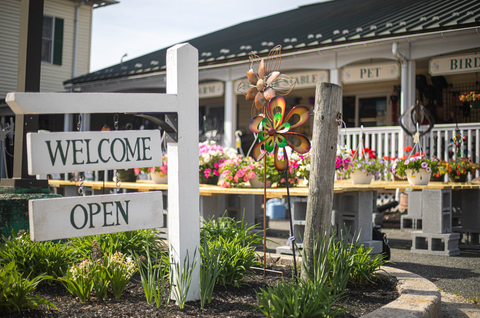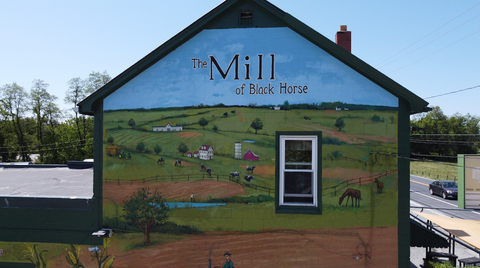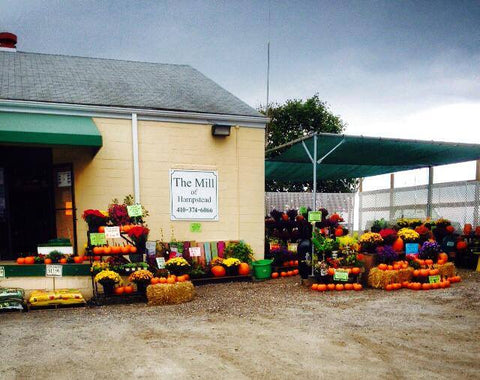Lindera benzoin: A Shade-Loving Native
Lindera benzoin, better known as Spicebush, is a native large shrub or small tree that naturally grows in woodlands under dappled light. It prefers moist, organic soils and thrives among other trees and shrubs. While it flowers best with some sun exposure, Spicebush will also grow in full shade.
This adaptable plant favors moist, loamy, organic soils but can also tolerate clay and wet conditions. Once established, it becomes moderately drought tolerant.
Growth and Appearance
Spicebush grows 8 to 12 feet tall and wide, forming a rounded shape with glossy, alternate leaves. The bark is gray-brown with distinct lenticels that add texture to the stems.
In March, bright yellow flowers appear in clusters at the leaf axils. These fragrant blooms are an early food source for migratory birds, as they contain valuable sugars during spring migration. The flowers also provide nectar and pollen for native bees emerging from dormancy.
Flowers, Fruit, and Wildlife Benefits
Spicebush plants are dioecious, meaning individual plants produce either male or female flowers. Male flowers are slightly larger, while female flowers fade and give rise to bright red drupes in fall. The fruit matures in late summer and autumn, serving as an important food source for migrating songbirds.
Lindera benzoin is the host plant for the Spicebush Swallowtail butterfly and provides excellent nesting habitat for birds with its dense branching structure. The shrub also shows a natural tolerance for deer browsing, making it a resilient addition to native gardens.
Cultural and Historical Uses
Spicebush is one of the most widely used native shrubs and has long been valued for its medicinal properties. Both Native Americans and European settlers made use of its berries and leaves to treat fevers, colds, stomach ailments, and aches and pains. Its aromatic foliage and fruit give the shrub its common name.
Seasonal Beauty and Garden Performance
In autumn, Spicebush delivers a brilliant golden-yellow fall color, adding seasonal brightness to shaded landscapes. It is largely disease resistant but does not tolerate prolonged drought or heat stress when newly transplanted. Once established, however, it is considered one of the best native shrubs for the Mid-Atlantic landscape—offering ecological value, seasonal beauty, and low maintenance needs.





















